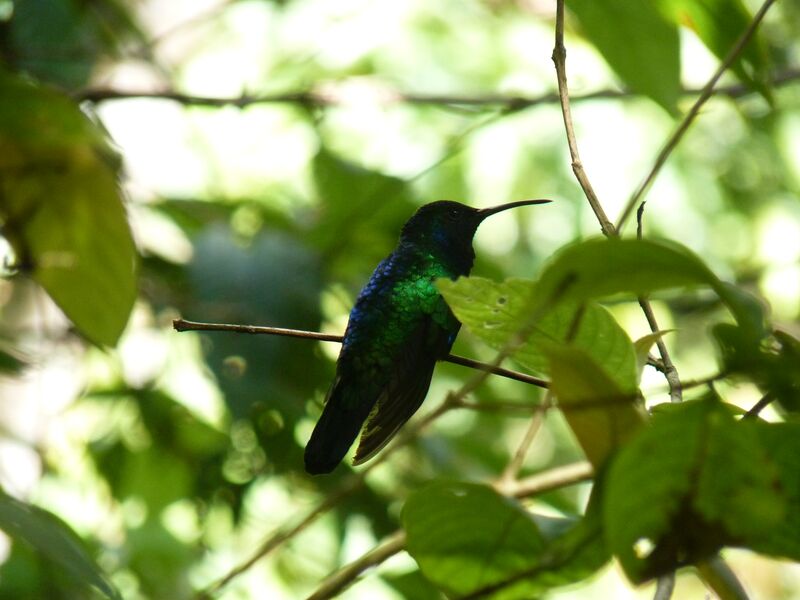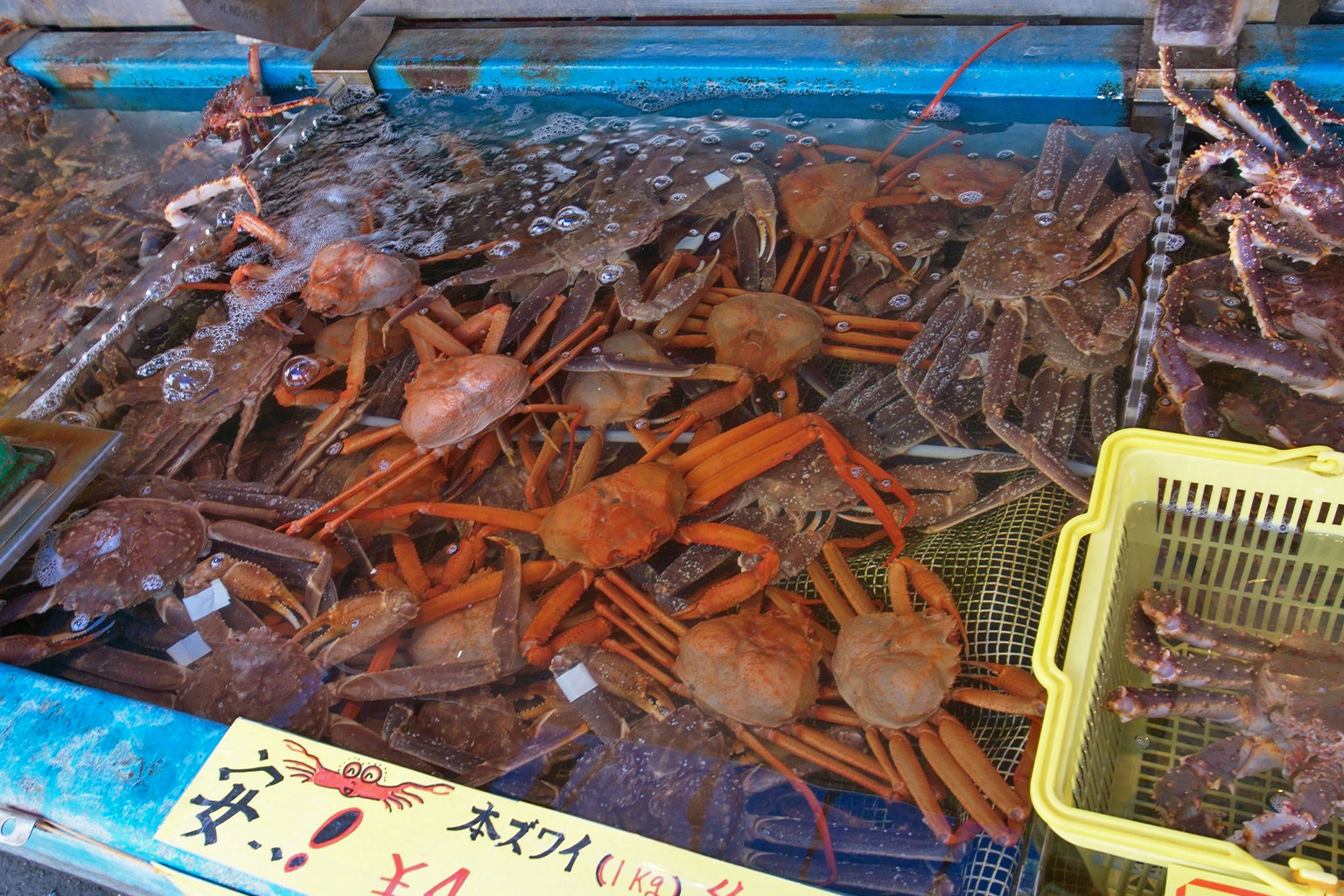- In 2022, Mongabay published 4,900 articles, with original reporting in six languages.
- A total of 23 million readers spent more than 14.4 million hours reading Mongabay stories this year.
- Here are the posts that captured the most reader attention in 2022.
By the time 2022 comes to a close, Mongabay will have published around 4,900 articles this year, including original reporting in English, French, Hindi, Indonesian, Portuguese and Spanish, as well as translations across Chinese, German, Italian and Japanese.
Mongabay.com’s on-site traffic amounted to 17.5 million visitors, plus another 5.5 million to Mongabay.co.id, Mongabay’s Indonesia sister site. Across all bureaus, the total time spent on Mongabay.com in 2022 amounted to 14.4 million hours.
Below are the articles that captured the most attention from Mongabay.com’s readers this year.
1. In Costa Rica, unlicensed fishers and regulators unite over a common enemy
The arrival of invasive red lionfish (Pterois volitans) into Costa Rica’s Caribbean waters has created an unlikely set of allies: Artisanal fishers, denied licenses since 2005 pending a study on fishing sustainability, and fisheries regulators. Written by Alfredo Torres and Linus Unah, Mongabay’s most popular story of 2022 explores how unlicensed fishers swung into action to remove lionfish from the sea, organizing into a regional association and eventually collaborating with academic researchers to conduct studies on local fish and fishers. Their efforts have captured attention both domestically and internationally, and, thanks to a law passed in March 2022, created a pathway for licenses to be awarded to members of fishers’ organizations that share data with regulators.

2. Exclusive: Shark finning rampant across Chinese tuna firm’s fleet
Based on dozens of interviews with deckhands, this exclusive investigation by Mongabay staffers Philip Jacobson and Basten Gokkon reveals that Dalian Ocean Fishing, a company partly owned by the Chinese government, used banned gear to deliberately catch and illegally cut the fins off huge numbers of sharks in international waters. More information about how the story was reported can be found on this Mongabay podcast. Following the publication of Mongabay’s investigation, the Western and Central Pacific Fisheries Commission set policies that will crack down further on the use of shark lines and wire leaders — the banned gear discussed in Mongabay’s story — a move deemed a “conservation win,” while the U.S. Justice Department has imposed sanctions on Dalian Ocean Fishing.
3. Efforts to dim sun and cool Earth must be blocked, say scientists
Large-scale attempts at solar geoengineering — blocking the sun’s rays with an artificial particle shield — once bordered on science fiction but are increasingly gaining traction as a last resort for containing the climate crisis. Scientists know that aerosol particles can temporarily cool the Earth’s surface; the ash from large volcanic eruptions such as Krakatoa and Mount Pinatubo caused global temperatures to drop for years. However, more than 60 academics have signed a letter calling on governments to place limits on solar geoengineering research, saying the risk of unknown and unintended consequences are too high. “Some things we should just restrict at the outset,” one of the letter’s head authors told Mongabay contributor Shanna Hanbury. “It might be possible to do, but it’s too risky.”

4. In Colombia, Escobar’s hippos spawn another problem: Wildlife trafficking
From drug trafficking to wildlife trafficking, Colombia’s hippo population has had a wild ride. The roughly 70 hippos that today live in the wild in the country are descended from four hippos originally imported by drug kingpin Pablo Escobar in the 1980s. Now, decades after Escobar’s death, these animals have become the center of a new illicit trade. As this story by Diana María Pachón details, hippo calves are increasingly being captured and sold to wealthy ranchers as a status symbol.
5. An emerald-green hummingbird lost to science reemerges in Colombia
Feared extinct, the critically endangered Santa Marta sabrewing hummingbird had almost vanished from scientific record since the 1940s; the only confirmed encounter was in 2010. Then, in a discovery covered in this August story by Mongabay staff writer Liz Kimbrough, an experienced bird-watcher spotted and photographed a green hummingbird with iridescent black feathers and a curved black bill. “It’s like seeing a phantom,” John C. Mittermeier, director of threatened species outreach at the American Bird Conservancy, said of the images captured by conservationist Yurgen Vega in Colombia’s Santa Marta mountains.

6. Indigenous communities transform a Mexican desert landscape into forest
Since 2000, at least 20,000 hectares (49,000 acres) of degraded land in the southern Mexican state of Oaxaca have reforested through communal efforts. This story, originally written in Spanish by Juan Mayorga, explains the immense challenges community members have faced as they seek to revive soils depleted by centuries of overgrazing: rocky terrain, disputes with pastoralists, soil so degraded native plants can no longer grow in them. It also recounts the successes, the communal spirit that has made restoration possible, and the opportunities that restored land offers to these communities.
7. Study: Regenerative farming boosts soil health, yielding more nutritious crops
Plants build themselves from sunlight, water and soil. And, as it turns out, what crops “eat” can influence the nutrients on our own plates. So begins this story by staff writer Liz Kimbrough, which outlines the results of a study published in the in the journal PeerJ that compared the nutritional content of crops grown using conventional methods to crops grown with regenerative practices that look to build soil through the use of cover crops, crop rotation and minimal tilling. The study found that crops grown using these regenerative methods contained more nutrients and vitamins than crops from neighboring conventional farms, while also containing fewer elements that can be detrimental to human health, such as sodium, cadmium and nickel.
8. Did climate change really kill billions of snow crabs in Alaska?
In October 2022, Alaska closed its Bering Sea snow crab fishery for the first time, following a population decline of 80% between 2018 and 2022. The news captured the world’s attention, raising key questions about what caused the disappearance of billions of crabs in just a few years. Climate change is a key suspect: the sharp decline in snow crabs overlaps with a marine heat wave that hit the Bering Sea between 2018 and 2019. However, as this story by staff writer Elizabeth Claire Alberts explains, there is controversy at the local level about the true causes of the decline. Some fishers and crab experts point to a different factor: Alaska’s trawling industry, which they say contributed to the loss of snow crabs, or at least inhibited their ability to recover from a drop in population.

9. Investors force Home Depot to review wood-sourcing policy over logging concerns
Home Depot is North America’s largest home improvement retailer and a significant importer of wood. It also allegedly sources plywood from vulnerable forests in Ecuador’s Chocó region and the Brazilian Cerrado. The company has pledged to support sustainable forestry efforts and to “eliminate wood purchases from endangered regions of the world,” but activists say it hasn’t done enough to ensure it’s not enabling deforestation and the clear-cutting of old-growth trees. And now, this story by Mongabay staff writer Maxwell Radwin explains, shareholders agree. At Home Depot’s annual meeting in May 2022, shareholders voted in favor of a proposal requiring the company to reevaluate its policies regarding the sustainability certifications of its wood suppliers.
10. Cheetah reintroduction in Malawi brings vultures back to the skies
In 2017, seven cheetahs (Acinonyx jubatus) were reintroduced to Malawi’s Liwonde National Park. Within days, new species showed up, writes Mongabay contributor Ryan Truscott. Even before the cheetahs were released from their acclimatization pens, researchers observed vultures feasting on carcass piles left for the cheetahs, after 20 years of absence from the park. The introduction of lions a few months later further increased the availability of carrion, and four species of critically endangered vultures have since been recorded in the park. This is rare good news and a ray of hope for Africa’s vultures, which have been pushed to the brink of extinction by poisoning, habitat loss and collisions with electrical wires.
Banner image: A white-backed vulture (Gyps africanus). Image by Ian White via Flickr (CC BY-NC-SA 2.0).
